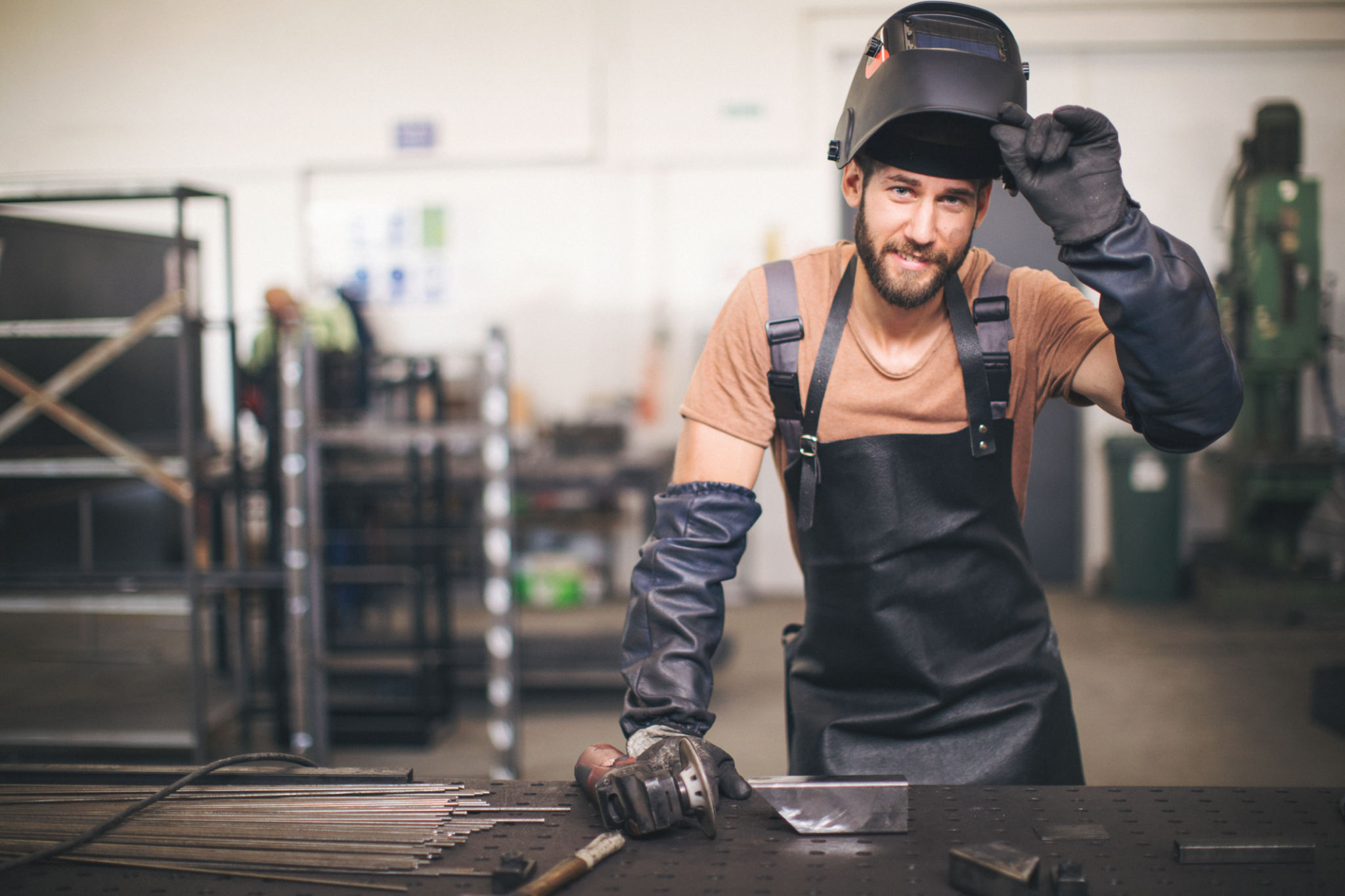Understanding the Basics of Welding Repair: A Beginner's Guide
Understanding Welding Repair
Welding repair is an essential skill in many industries, from construction to automotive repair. This process involves joining metal parts together or mending damaged metal components to restore their integrity and functionality. For beginners, understanding the basics of welding repair can pave the way for developing a valuable skill set.

Types of Welding Techniques
There are various welding techniques, each with its own benefits and applications. The most common types include:
- MIG (Metal Inert Gas) welding: Known for its ease of use, MIG welding is ideal for beginners and is widely used in automotive repair and fabrication.
- TIG (Tungsten Inert Gas) welding: This technique offers greater precision and is often used for repairing thin materials and delicate components.
- Stick welding: Also known as Shielded Metal Arc Welding (SMAW), it's versatile and effective for outdoor repairs due to its ability to work in less-than-ideal conditions.
Safety First: Essential Gear
Before you start any welding repair work, it's crucial to prioritize safety. Ensure you have the necessary protective gear, including:
- Welding helmet: Protects your eyes and face from harmful UV rays and flying sparks.
- Gloves: Heat-resistant gloves shield your hands from high temperatures and sharp metal edges.
- Protective clothing: Wear long sleeves and pants made of flame-resistant materials.
- Safety glasses: Always wear these under your helmet for additional eye protection.

Identifying Common Welding Repairs
Welding repairs can range from straightforward fixes to more complex tasks. Common repairs might include filling cracks, repairing joints, or replacing worn-out sections of metal structures. Being able to identify the type of repair needed is crucial for effective problem-solving.
For beginners, starting with simple repairs such as patching small holes or reinforcing weak spots can help build confidence and proficiency in basic welding techniques. As you gain experience, you can tackle more challenging projects.

Basic Tools for Welding Repair
A beginner's welding repair toolkit should include some fundamental tools. These might include a welding machine suited to your preferred method, a grinder for surface preparation, clamps to hold materials in place, and a wire brush for cleaning welds. Having the right tools on hand makes the job more efficient and helps ensure quality repairs.
Additionally, investing in a good-quality chipping hammer and pliers will be beneficial in removing slag and handling hot metal pieces during your work.
Practicing Your Skills
The key to becoming proficient in welding repair is consistent practice. Start by working on small projects or scrap metal to hone your skills. Experiment with different techniques and settings on your welding machine to see how they affect the outcome of your welds.
Joining a community or workshop can also provide valuable feedback and support as you develop your skills. Many online forums and local classes offer resources for beginners looking to improve their craft.

Troubleshooting Common Issues
Beginners may encounter several challenges when starting with welding repair. Problems such as poor penetration, excessive spatter, or cracking can arise. Identifying these issues and understanding their causes is vital for improving your technique.
Some problems can be resolved by adjusting settings on your welding machine or changing the type of filler material used. Seeking advice from experienced welders or consulting troubleshooting guides can also be helpful in overcoming these hurdles.
